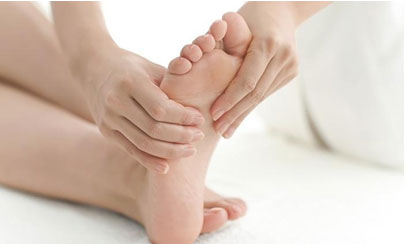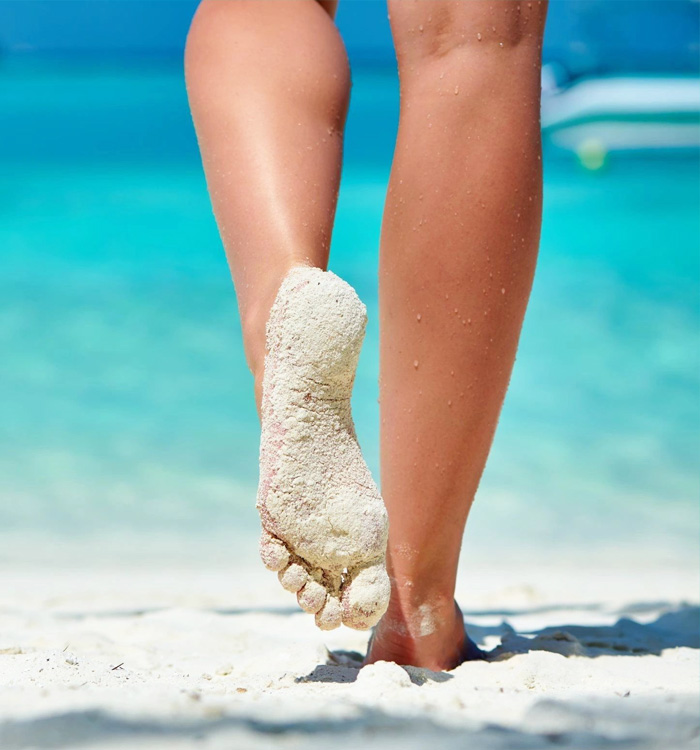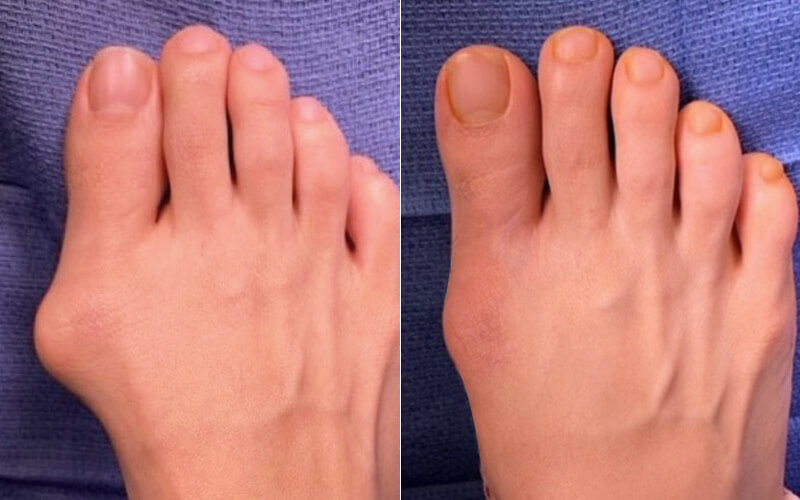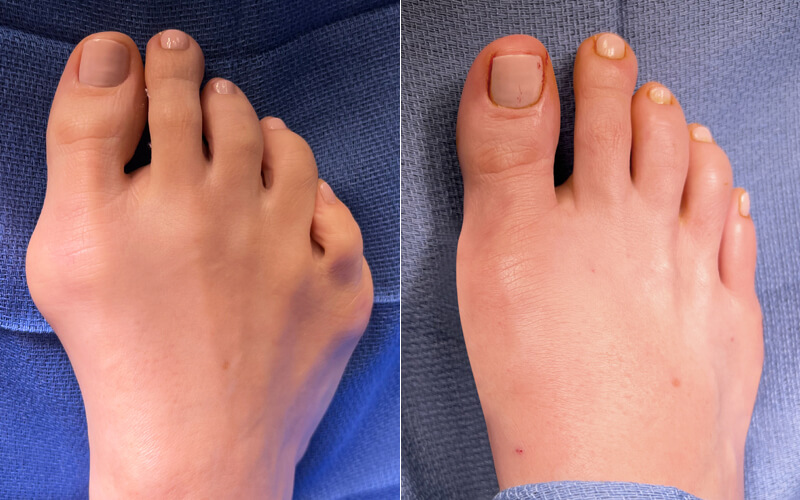Rheumatoid Arthritis Patients Struggle with Impaired Range of Motion
Arthritis impacts the lives of nearly 52 million American adults. From this statistic, about 41 per 100,000 people are diagnosed with rheumatoid arthritis an autoimmune disease that attacks the tissues surrounding the joints in our bodies. This disease impairs the body’s immune system and its ability to protect against the attack of foreign cells, such as bacteria and viruses. As a result, the confused immune system develops antibodies and attempts to destroy the bacteria – using up the body’s natural energy sources which eventually weaken the musculoskeletal structure.
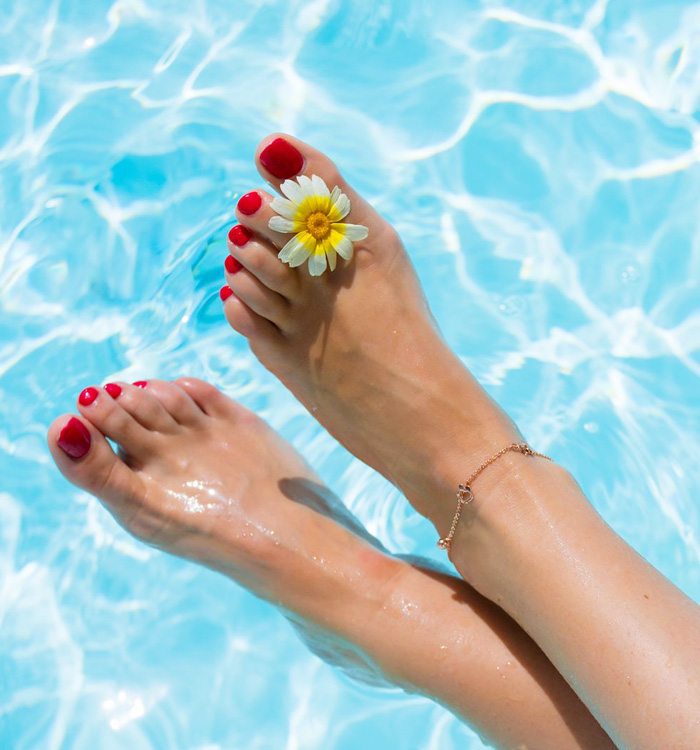
It is unfortunate that rheumatoid arthritis is not a localized disease of the bones and joints. It disturbs tissues throughout the body, causing damage to blood vessels, nerves, and tendons. Deformities of the hands and feet are the more obvious signs of RA. In about 20 percent of rheumatoid arthritis patients, foot and ankle symptoms are the first signs of the disease. Rheumatoid arthritis of the foot and ankle can become so severe and painful that it may affect the appearance of both feet. Thus, the end result may make the feet appear swollen, twisted out of natural alignment, and joints may become disabled.
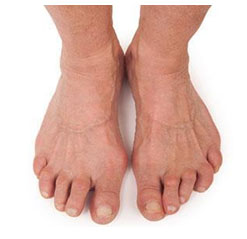
What is Rheumatoid Foot Deformity?
Our foot and ankle specialist puts his best foot forward to treat those who suffer from rheumatoid foot deformity. Rheumatoid foot deformity is a progressive case of inflammation and destruction of growth cells within foot joints that eat away at healthy bone and cartilage. As a result of this, the foot joints lose their shape and alignment causing them to appear severely deformed. These deformities eventually lead to loss of healthy bone and cause the joints to collapse.
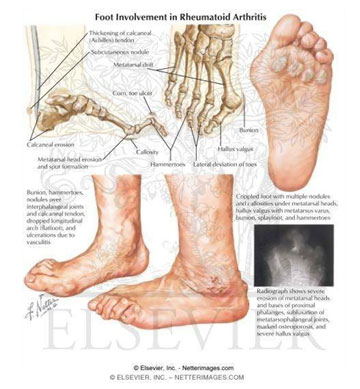
Common Causes of Rheumatoid Arthritis
- Environmental and chemical triggers
- Family heredity and hormones
- Unhealthy lifestyle
Symptoms of Rheumatoid Arthritis
Foot-related deformities and conditions associated with rheumatoid arthritis include:
- Severe plantar fasciitis (Swelling tissue at the bottom of the foot, near the heal)
- Metatarsophalangeal/MTP joint dislocations (joint in the big toe)
- Difficulty walking with inability to bear weight on feet
- Forefoot joint dislocations
- Rheumatoid nodules (swollen or bumpy metatarsophalangeal joints)
- Severe toe contractures including hammertoes and hallux valgus (bunions)
- Flatfoot
- Ankle pain
- Achilles tendon discomfort
- Rheumatoid Arthritis Treatment
Unfortunately, there is no cure for rheumatoid arthritis, but many methods of treatment are available to help the reduction of inflammation and control pain for this disease. Rheumatoid arthritis is often treated by a team of professionals and at our facility we can evaluate and prescribe the best treatment techniques that revolve around the complexity of your case. At first, we recommend a series of non-surgical treatments until they are exhausted, which many treatments will depend on the location of pain and the extent of cartilage damage.
Conservative/Non-Surgical Treatment Options:
- Nonsteroidal Anti-Inflammatory Medication (NSAIDs) – Pain relievers and anti-inflammatory medications are used initially to reduce swelling and painful conditions.
- Foot Orthotics and Braces – Your surgeon will often match patients with custom orthotic devices to provide cushioning for rheumatoid nodules, reduce pain while walking and provide support to improve foot mechanics.
- Rocker Bottom Shoes – Your surgeon may prescribe you with good rheumatoid arithmetic shoes, such as Rocker Bottom. Footwear such as this will provide extra depth padding with removable insoles. Proper arch support, outsole cushion and progressive shock absorption all aim to decrease foot joint strain and prevent new damage from developing.
- Stress Joint Reduction Activities – Regular physical activity from exercise, yoga and meditation can be performed at work or home and wherever you may be.
- Steroid injections – Steroid injections of anti-inflammatory medication may be administered directly to the inflamed Metatarsophalangeal joints or to rheumatoid nodules.
- Platelet Rich Plasma Therapy – PRP therapy uses a patient’s own blood to relieve pain by promoting long-lasting healing for musculoskeletal conditions, especially rheumatoid arthritis. Concentrated platelets that contain proteins, including proteins initiate tissue repair and regeneration to stimulate the healing process.
We Made Them All Happy
Kayla C. / Bunions – Los Angeles, CA
Surgical Treatment for Rheumatoid Arthritis
